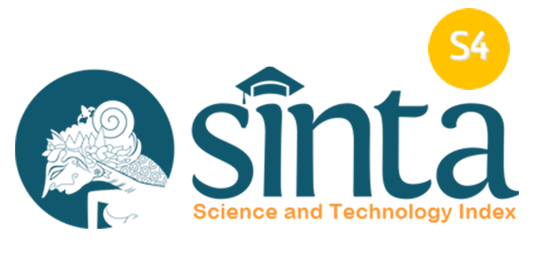Facial Muscle Strength and Recovery in Bell’s Palsy: A Cross-Sectional Insight
Abstract
Introduction: Bell’s palsy causes unilateral facial weakness due to seventh cranial nerve damage, affecting motor function and impairing basic movements such as smiling, closing the eyes, and lip movement. This condition reduces the quality of life, making facial muscle strengthening essential for improving function and rehabilitation outcomes.
Methods: This cross-sectional study assessed facial muscle strength using Manual Muscle Testing (MMT) and facial function using the House-Brackmann (HB) scale. Data were collected retrospectively from medical records (2017–2024) and analyzed from June to August 2024. Of 219 cases of facial paralysis, 125 met the inclusion criteria. Participants were Bell’s palsy patients referred for physiotherapy at RS Katolik St. Vincentius a Paulo.
Results: Facial muscle strength scores ranged from 0 to 1.8, with weakness observed in the frontalis, corrugator supercilii, and orbicularis oris muscles. Spearman’s correlation analysis revealed a significant relationship between facial muscle strength and function, with HB scores indicating moderate to severe dysfunction (p = 0.000).
Conclusion: Facial muscle strength is significantly associated with functional ability in Bell’s palsy patients. Gradual strengthening exercises should be included in rehabilitation programs. Further research with larger samples is needed to explore additional influencing factors.
Keywords: Muscle strength, Facial function, Bell’s palsy, House-Brackmann
















